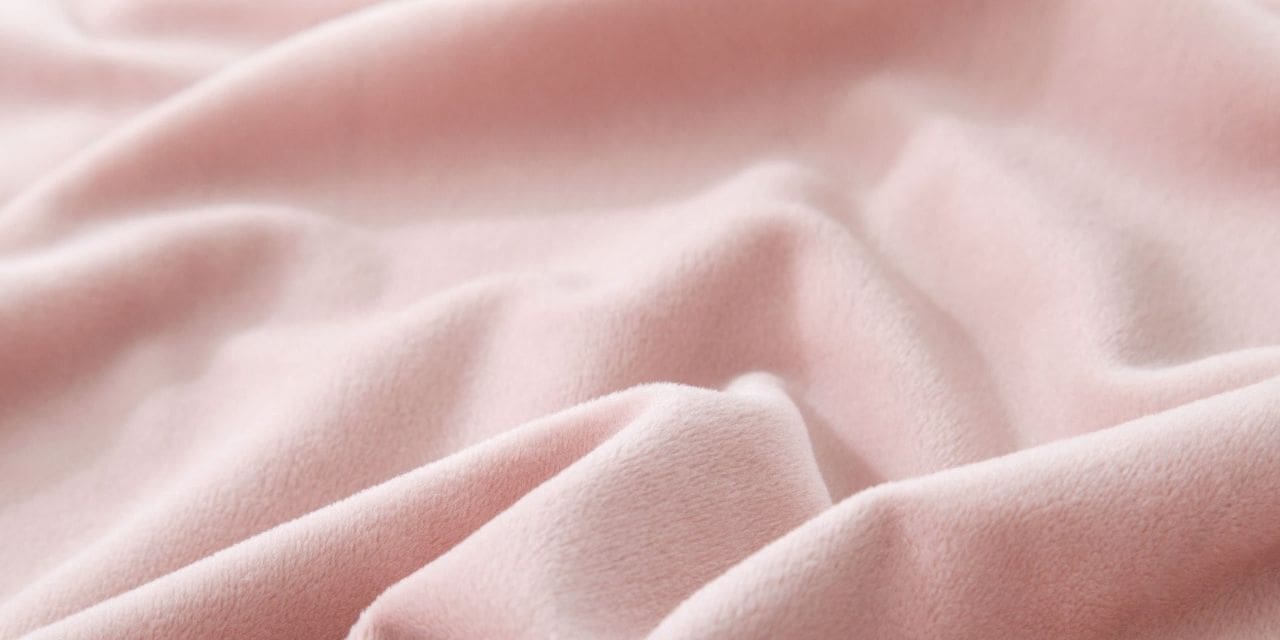The Hayward Galleries will showcase Louise Bourgeois’s first major retrospective, focusing solely on the works she created with fabrics and textiles throughout the last 20 years of her life. Louise Bourgeois: The Woven Child, which opens in February, kicks off the Hayward Gallery’s 2022 programme, which includes a series of free outdoor art commissions as well as two major team indicates: In the Black Fantastic, an art show of modern artists out from African diaspora for whom the tends to work interact with the inference and mythic, and a late fall exhibition able to explore how modern artists have used the medium of clay and ceramics in innovative and surprising ways.
Bourgeois developed during this era a collection of works where so many of her longstanding issues were re-articulated in increasingly controversial and immensely stimulating ways, including her investigation of identity, sexuality, familial connections, restitution, and memory. Louise Bourgeois: The Woven Child will cover this late body of work, focusing on what the artist has described as “the magical ability of the needle… to mend the damage” and offering “a claim to forgiveness.”
Early stages in the mid-1990s and trying to continue until her death in 2010, Bourgeois generated an astonishingly innovative and mentally and emotionally charged range of sculptures using domestic textiles, such as clothing, linens, and tapestry fragments, which she often sourced from her own household and personal history. This deviation from standard sculptural elements reflected the artist’s return to his roots. Bourgeois’s relationship to fabric began as a kid, when she volunteered at her family’s tapestry restoration business in France. Her decision to make artworks out of her garments and domestic fabrics was thus a way of both changing and conserving the past.
She saw the acts involved in developing these works – cutting, ripping, sewing, and joining – in psychological and metaphorical terms, connecting them to notions of atonement and the trauma of separation or desertion.
The exhibition Louise Bourgeois: The Woven Child, which includes over 90 works, will cover the whole range of textile proposes a conceptual by Bourgeois throughout the last two decades. Major works, including some of Bourgeois’s enormous Cells, in which floating arrangements of old gowns, slips, and nightwear clearly mention her personal background, are included in the exhibition.
Spider (1997), an enormous work, and Lady in Waiting (2003), a similar Cell piece, both include shards of old tapestry. Bourgeois saw the spider as a defender as well as a predator, and she identified it with her mother, a weaver and tapestry restorer. Its propensity to weave a net through its own body was a symbol employed by Bourgeois to explain her creative expression, and it is a truly moving picture in this collection of her textile art.
An exhibition will feature a wide spectrum of figurative sculptures, many of which are missing limbs and heads or have bizarre shapes reminiscent of figures from disturbing fictional stories.
Bourgeois’ fabric figures, which primarily depict female bodies, are presented in vitrines, dangling from the ceiling, or on stone pillars, and explicitly invoke emotions of abjection, desertion, or captivity. A considerable number of the artist’s fabric heads will also be on display, showcasing the broad range of emotion she developed in these creepy and striking portraits. A sample of Bourgeois’s ‘progressions’ were on display: columns of piled textile cubes or lozenges arranged in ascending and decreasing patterns. With all these work, Bourgeois revisited the vertical sculpture shapes that characterised her earlier stuff in the 1940s and 1950s, but this time in natural fibres.
Aside from sculpture, the event will feature a wide range of Bourgeois’s bright fabric drawings, books, prints, and collages, including collages with huge clock faces that she created in her final year after existence.

